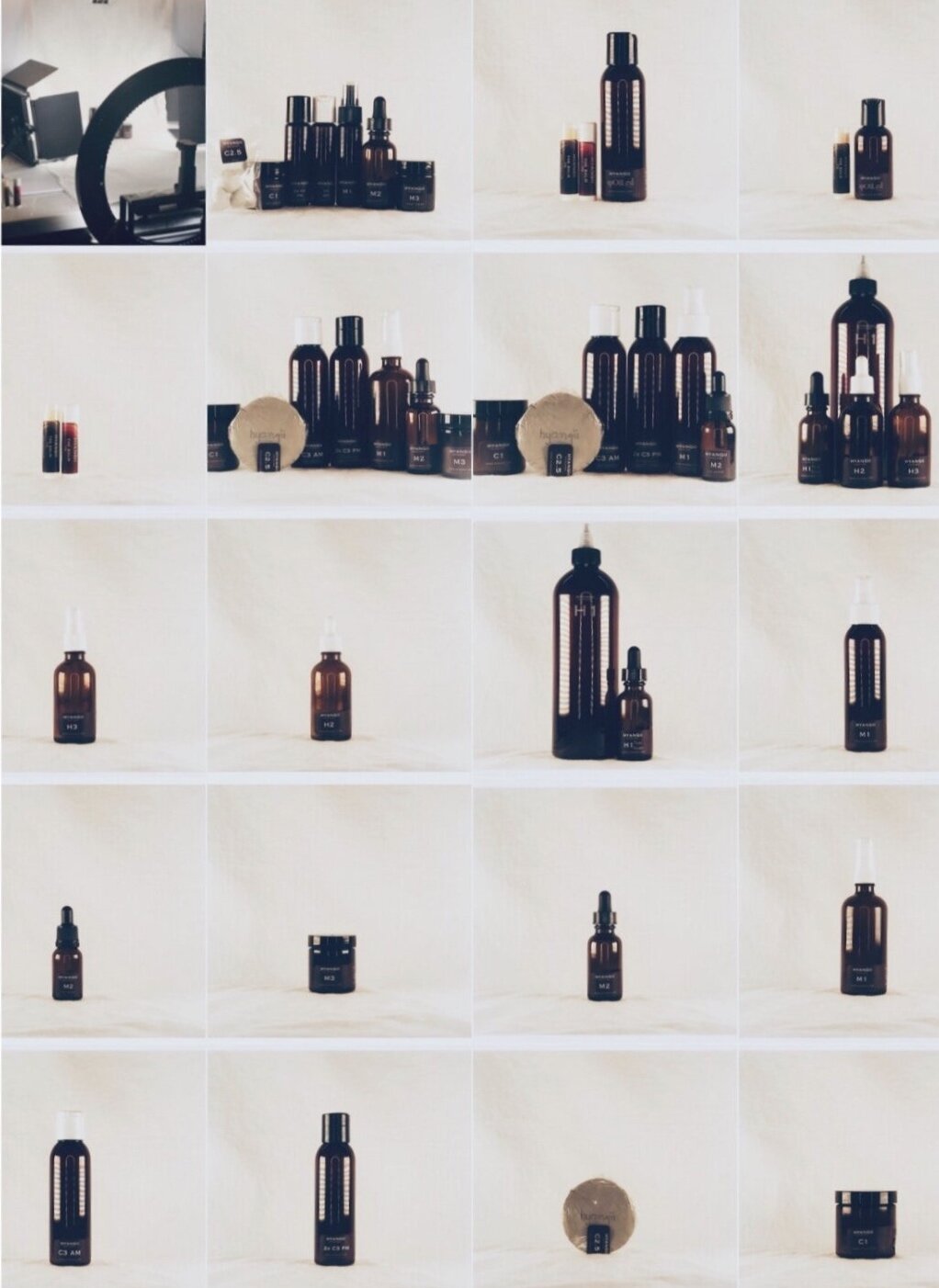I tried to name my products but I just couldn’t do it. Firstly, I couldn’t pick a favourite ingredient. Secondly, I tend toward technical over artistic. Functional over form. Need over want. Funny how I “need” my very extensive supply of botanical skincare ingredients, the same way I NEED every international ingredient in my pantry!
Most companies use one key “superstar” ingredient to market their products, even if its concentration in the formula is miniscule (0.1% or 1 part in 1000 or less). You’ll often see this star ingredient featured on the packaging. I can’t pick just one ingredient to feature when all of them are delicious and work together in synergy.
Think of a soup that includes: water, flour, starch, corn syrup, salt, sugar, MSG, powdered chicken, chicken fat, yeast extract, dehydrated chicken broth and turmeric for colour. Lipton calls that “Chicken Noodle Soup”, highlighting the most expensive ingredient-chicken powder. Don’t get me wrong, Lipton chicken noodle soup was my favourite “Canadian food” as an immigrant kid.
That MSG favour in Lipton soup is reminiscent of the South Korea’s favourite addiction, ramyun, a highly processed, packaged instant noodle. Shin Ramyun, manufactured by Nongshim is sold all over the world and has its own consumer index. I will never outgrow my love of instant ramyun despite how horrendous the ingredient list is. I crave it when people eat it on Korean dramas, always late at night and directly out of the pot.
Sometimes, I cheat on my whole-food diet with instant ramyun. It tastes good, the way skincare made with silicones feels good. Ramyun makes you feel full and satisfied. Silicones make your skin feel and look silky smooth. That is why silicone-based ingredients are also the main ingredient found in most makeup primers and foundations. Yes, ramyun provides calories needed for basic survival, and silicones provides basic skin barrier protection. But I would rather consume more nourishing plant-based ingredients both in my food as well as in my skincare.
Where was I going with this again? Oh yes, back to the ingredients.
Now, let’s consider my mythical Korean-Indian Gimhae Kim imaginary ancestral soup containing substantial amounts of: gelatinous bone broth, onions, garlic, ginger, ginseng, turmeric, black pepper, coriander, cumin, herbs, hot chilli powder chicken, veggies etc. It’s thick like stew and its liquid content comes mostly from gelatinous broth and vegetables, What would we name it now? How will we pick the most important ingredient from this list?
I can’t pick a favourite ingredient in any of my skincare formulations so it’s hard for me to choose a name. Instead of spending time on a task that performs no function, let’s draw attention back to the ingredient list. When so many things in the world feel good but are bad for you, feel bad but are good for you, don’t you feel like you’ve hit the jackpot when you encounter something that feels good and is good for you?
For me, that’s plant-based foods and plant-based skincare.
Cee





